Preserving Historical Sites Damaged By Hurricanes

Preserving Historical Sites Damaged by Hurricanes
Introduction
Hurricanes cause significant physical damage wherever they hit, and historical sites are no exception. These sites serve as a reminder of our past and are an essential part of our cultural heritage. Losing them to natural disasters is a significant loss to our communities and the world as a whole. In recent years, hurricanes have caused increasing amounts of damage to these sites, leading to calls for measures that can preserve their structural integrity while maintaining their historical significance. This article will examine the different ways that you can preserve historical sites damaged by hurricanes and why it is necessary.
Costs of Hurricane Damage to Historical Sites
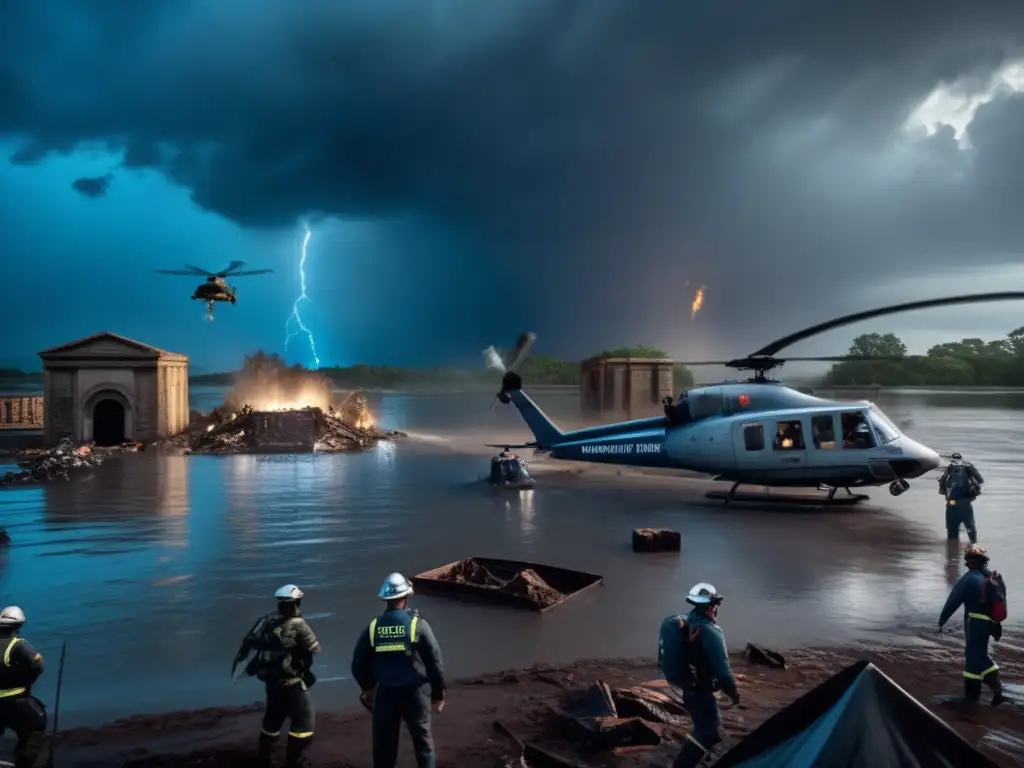
Effects of Wind Damage
Wind damage during a hurricane can break off limbs from trees, tear off roofs, windows, and doors, and uproot or snap trees altogether. Buildings that have stood for decades, sometimes centuries, can be turned to rubble. The destruction of even one building can mean the loss of decades of history, art, and cultural significance. Additionally, the cost of repairing damage caused by winds adds up quickly and can take years or even decades to complete.
Effects of Water Damage
The most severe water damage comes from flooding caused by the storm surge. The surge can cause water levels to rise rapidly, and if the floodwaters reach historical sites, it can cause substantial and irreparable damage. Saltwater can erode stone and masonry, corrode metal, and weaken concrete. The damage inflicted by the floodwaters can render a structure unstable and require extensive restoration work to repair.
Combined Effects of Wind and Water Damage
Historical sites that have suffered both wind and water damage are even more vulnerable. The combination of the two can cause severe structural damage and make the site unusable. The cost of repairing the damage can be astronomical, and the process can take years or even decades to complete.
Preservation Techniques
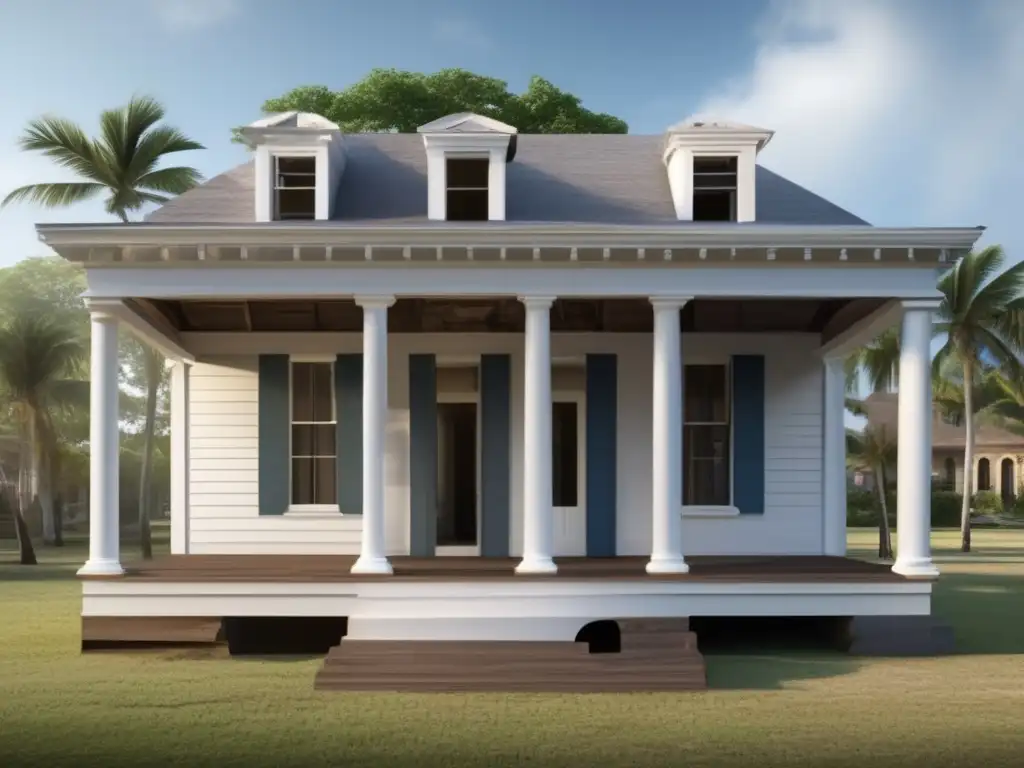
Emergency Stabilization
Emergency stabilization is a preservation technique that is used to stabilize a building in danger of collapse. It involves making temporary repairs to the structure to prevent further damage. In the case of historical sites damaged by hurricanes, emergency stabilization may involve stabilizing walls, windows, and roofs to prevent further water infiltration. Emergency stabilization is a short-term solution and must be followed up with more extensive restoration work.
Restoration and Repair
Restoration and repair are preservation techniques used to restore historical sites to their original condition. Restoration involves repairing or replacing damaged components as close to the original as possible, while repair involves fixing broken or damaged elements without necessarily replicating the original. The goal of both restoration and repair is to ensure that the site remains structurally sound while preserving its historical significance.
Adaptive Reuse
Adaptive reuse is a preservation technique that involves repurposing a building for a new use. In the case of historical sites damaged by hurricanes, adaptive reuse may involve converting them into museums, art galleries, or other cultural centers. Adaptive reuse is an excellent way to preserve historical sites that might otherwise be lost while allowing them to serve a new purpose.
Remembrance
Preserving historical damage caused by hurricanes is also about remembering their past and keeping their memory alive. Even after conservation and restorations efforts have been made, it's essential to keep the memory of the storm alive. Signs explaining the site's history, the hurricane that damaged it, and its restoration process can be an excellent way of preserving the site's memory.
FAQs
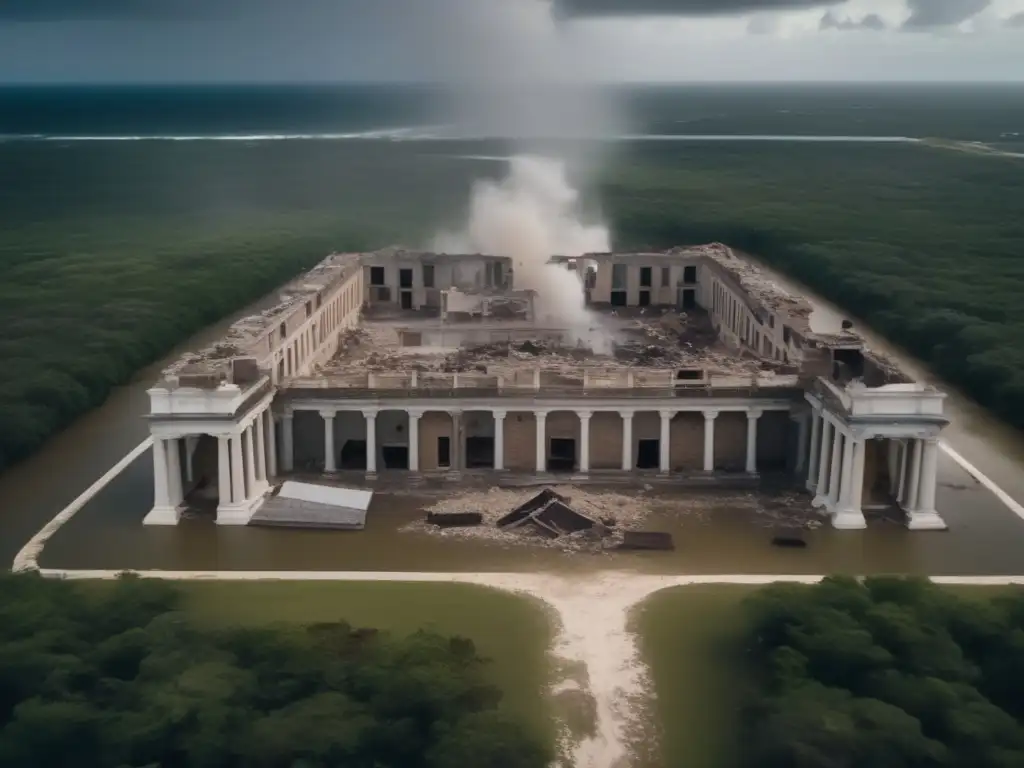
-
Can historical sites damaged by hurricanes be fully restored to their original condition?
In most cases, historical sites damaged by hurricanes can be restored to their original condition. The restoration process can take many years and requires extensive funding and expertise.
-
What is the cost of restoring a historical site damaged by a hurricane?
The cost of restoring a historical site damaged by a hurricane varies depending on the extent of the damage and the site's location. It can cost millions of dollars, and funding may come from a combination of government grants and private donations.
-
Is adaptive reuse a suitable option for all historical sites damaged by hurricanes?
Adaptive reuse may not be suitable for all historical sites, especially ones that have been severely damaged. However, it can provide an effective solution for preservation when the cost of complete restoration would be prohibitive.
-
How can we prevent historical sites from being damaged by hurricanes in the future?
Unfortunately, we cannot stop hurricanes from happening, but we can take steps to minimize the damage they cause. Building historical sites in areas less prone to hurricanes or taking measures like elevating structures can help lessen the impact of future hurricanes.
-
What can I do to help preserve historical sites damaged by hurricanes?
You can donate to organizations dedicated to preserving historical sites or volunteer your time to help with restoration efforts. Even spreading awareness about the importance of preserving these sites can help.
Conclusion
Preserving historical sites damaged by hurricanes is an important task that requires effort and resources. These sites serve as a reminder of our past and are an essential part of our cultural heritage. Losing them to natural disasters would be a significant loss to our communities and the world as a whole. Through emergency stabilization, restoration, adaptive reuse, and remembrance, we can preserve these sites for future generations.
It's important to remember that hurricanes cannot be prevented, but we can take steps to minimize their impact on our historical sites. By spreading awareness about the importance of preserving these sites and supporting restoration efforts, we can ensure that these sites continue to tell the stories of our past for years to come.
Additional Resources
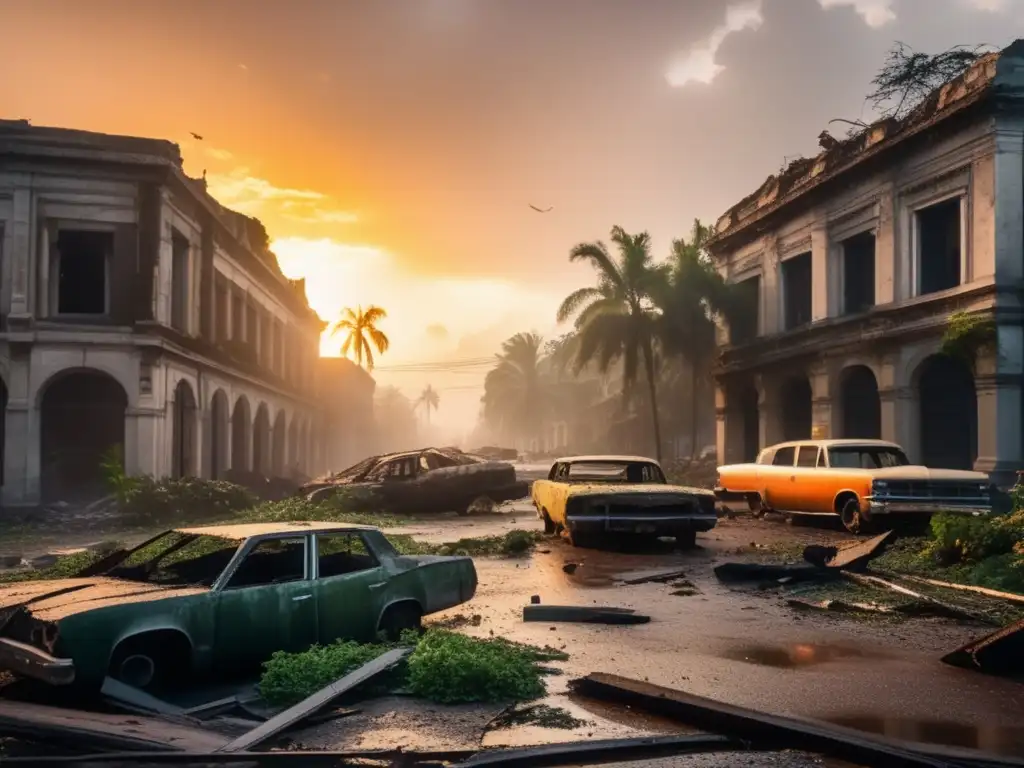
- National Park Service: Hurricane Response and Recovery Guidelines
- National Trust for Historic Preservation: Hurricane Season: Preserving Historic Sites
- Architectural Digest: How to Hurricane-Proof Your Historic Building
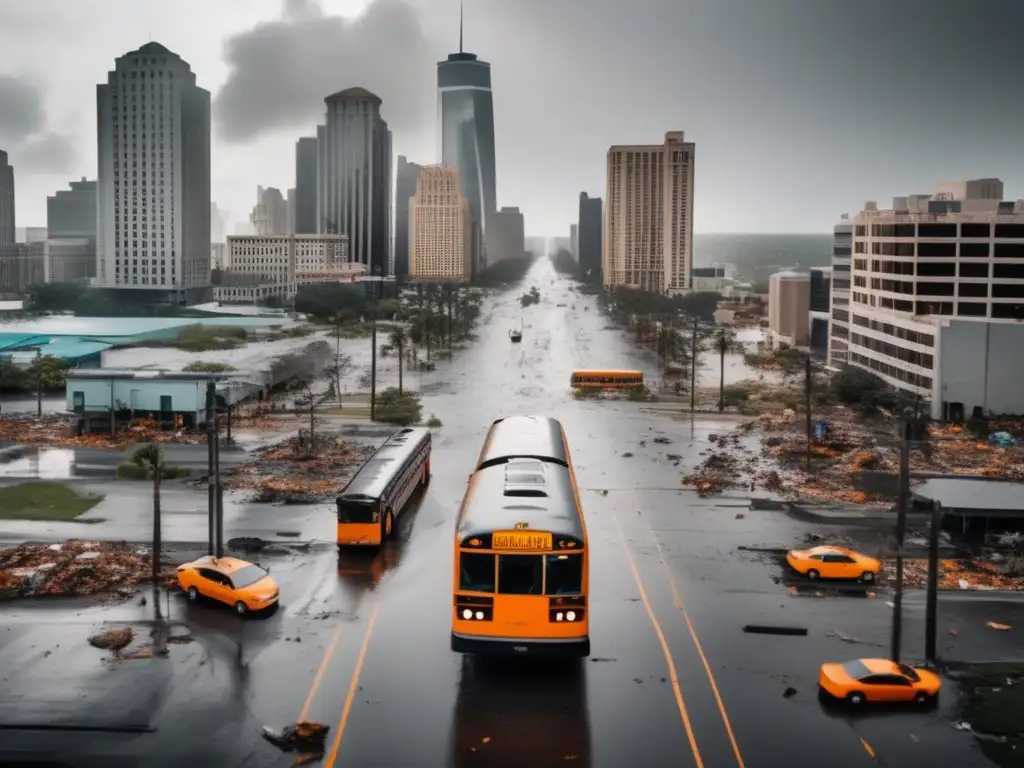 Restoring Public Transportation After A Hurricane
Restoring Public Transportation After A Hurricane Developing Emotional Resilience In The Face Of Disaster
Developing Emotional Resilience In The Face Of Disaster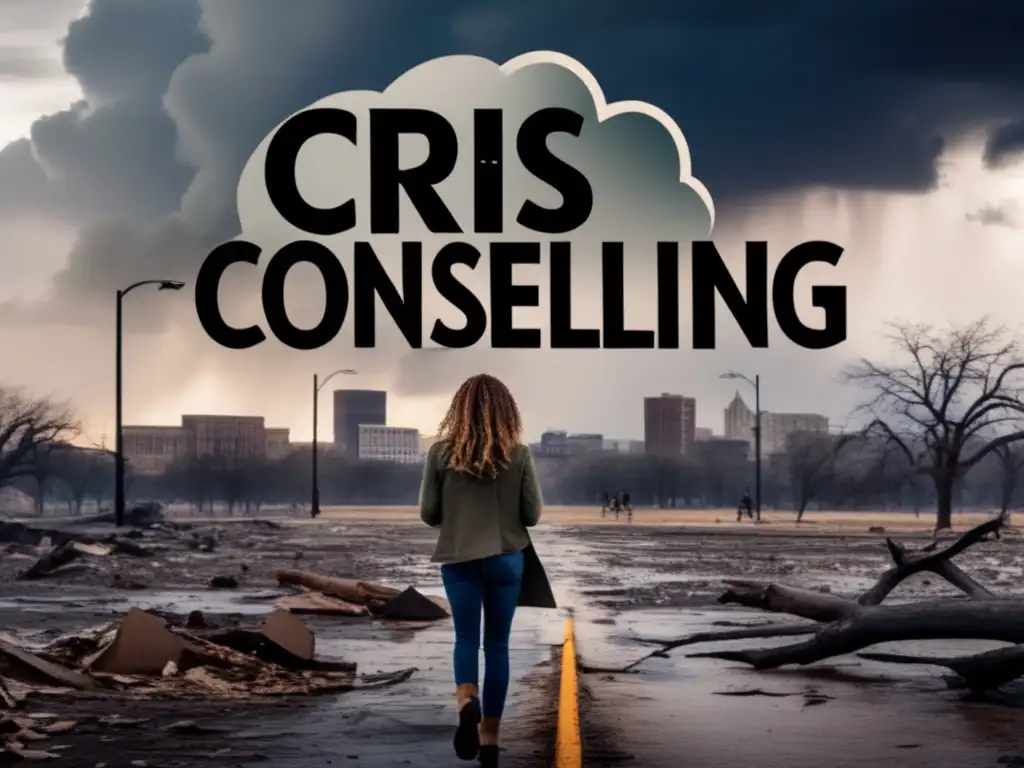 Understanding And Accessing Crisis Counseling After A Hurricane
Understanding And Accessing Crisis Counseling After A HurricaneIf you want to discover more articles similar to Preserving Historical Sites Damaged By Hurricanes, you can visit the Hurricane recovery: category.
Leave a Reply

Articulos relacionados: